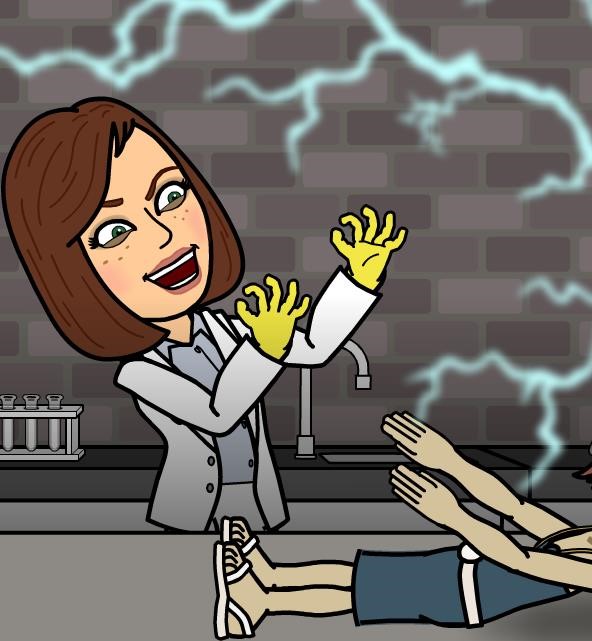Greetings Earthlings! 🙂
This week I’d like to discuss a rather unusual item that can be used for management of autism- the sensory sock! Here’s a picture of what it looks like:

So what exactly is it?
The sensory sock (also known as the body sock) is a stretchy Lycra suit of sorts that is designed to provide a unique, fun and intense sensory experience for autists. Once inside, the suit provides tactile and deep pressure stimulation to the wearer while increasing spatial awareness and improving balance. These sensory inputs can be quite calming for autists which can help us to regulate sensory issues. This can also be used for neurotypical kids to explore their environment and encourage creative movement.
But how exactly does it work?
The stretchy Lycra provides resistance to the wearer as they move around applying deep pressure to the joints which, as previously explained in my post about weighted blankets, causes the release of calming neurotransmitters in the brain, reducing the levels of excitatory neurotransmitters which are elevated in the autistic brain. The enclosed space can help the wearer feel calm and safe, allowing them to regulate their emotions- many autists find enclosed spaces to be particularly therapeutic, so having a portable space like this can be really handy!
I came across the video below of someone trying out a sensory sock online, so naturally I had to get one to try it out!
So how did I get on?
Well…it was…an experience! 😛 While I won’t terrify you with the images of me waddling around my kitchen like a deformed bright green T-Rex, the sock was certainly worth the laugh! My first impressions however, were not the most positive from a sensory perspective. I didn’t really like the smell or the feeling of my arms being so constricted, and found the velcro opening at the front quite distracting as it was reluctant to stay shut (sensory socks don’t seem to be designed for adult women of a certain chest size 🙈). I did try the sock again a week later, but this time I chose to lie down while wearing it which proved to be a much more positive experience. This time I felt the relaxing deep pressure around my limbs that was reminiscent of my weighted blanket. Despite my best efforts, I wasn’t able to bring myself to spend more than a couple of seconds with my head inside the suit. It either wouldn’t stay closed or the smell and claustrophobia got to me so I wasn’t really able to assess that feature.

All in all, I can certainly see the benefits this sensory sock might have for younger autists, but personally I think I’ll stick with my weighted blanket for now.
Hope you enjoyed this post dear Earthlings!
Have a lovely weekend! 🙂
Aoife



 In recent years our awareness of and willingness to tackle mental health issues has increased significantly, however, the autistic community is often forgotten in our discussions.
In recent years our awareness of and willingness to tackle mental health issues has increased significantly, however, the autistic community is often forgotten in our discussions.




























